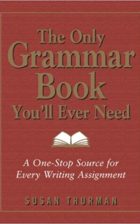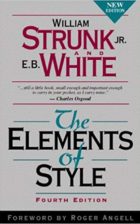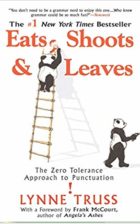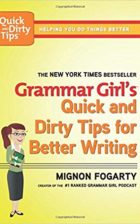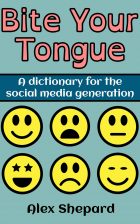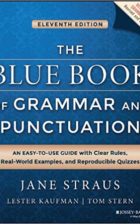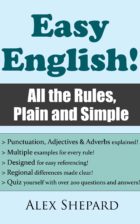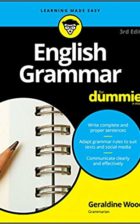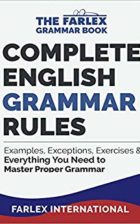As their name suggests, question marks are used in English to mark questions. However, they also have another use in formal writing: to convey editorial uncertainty.
To avoid any errors in your writing, here is how to use question marks correctly:
1. Direct Questions
2. Indirect Questions
3. Editorial Uncertainty
1. Direct Questions
Whenever you write a direct question, a question mark is placed at the end to convey this to the reader:
How are you feeling?
What homework do we have for tomorrow?
Did you hear about Tara?
When writing dialogue and the quoted sentence is a direct question, then a question mark is placed at the end of that quote, directly before the closing quotation mark:
“Should we watch a movie?” asked Kevin.
“Really?” frowned Lisa. “Maybe I made a mistake.”
“I’m sorry,” I said, “can you say that again?”
In these examples, notice that when the quoted question is part of an ongoing sentence, you don’t capitalize the next word if it isn’t a proper noun (e.g., “asked Kevin” not “Asked Kevin”). This is because the sentence hasn’t ended yet: it carries on after the question.
2. Indirect Questions
When a sentence doesn’t ask a direct question, it doesn’t use a question mark. Sentences like these are called indirect questions:
She asked if she could share a ride with me to work.
He wanted to know if Lauren came to dinner last night.
My sister asked if she could borrow my phone.
In these examples, the subjects’ questions aren’t being quoted exactly. Instead, we’re simply reading about their questions. This makes them indirect, so no question marks are used.
If we wanted to turn these examples into direct questions, we could write them like this:
“Can I share a ride with you to work?” she asked.
“Did Lauren come to dinner last night?” he wanted to know.
“Can I borrow your phone?” my sister asked.
3. Editorial Uncertainty
Question marks are used to mark editorial uncertainty. For example, if a writer is unable to confirm the exact date of an event, they can show this uncertainty in the following way:
Amelia Earhart (July 24, 1897 – July 2, 1937?) was the first woman to fly solo across the Atlantic Ocean.
In this example, the question mark signifies that the exact date of Amelia Earhart’s death is still uncertain.
Similarly, if a particular spelling can’t be confirmed, then the information can be written as follows:
The name Cyndr (?), carved on the side of the artifact, is thought to refer to the village chief.
This use of editorial uncertainty is usually found in formal and academic writing. However, it is worth being aware of this role that the question mark plays. When information is marked as factually uncertain, the reader knows that it shouldn’t be treated as a concrete fact. This is very important in non-fiction writing.
For more help with your grammar, check out these fantastic books:
